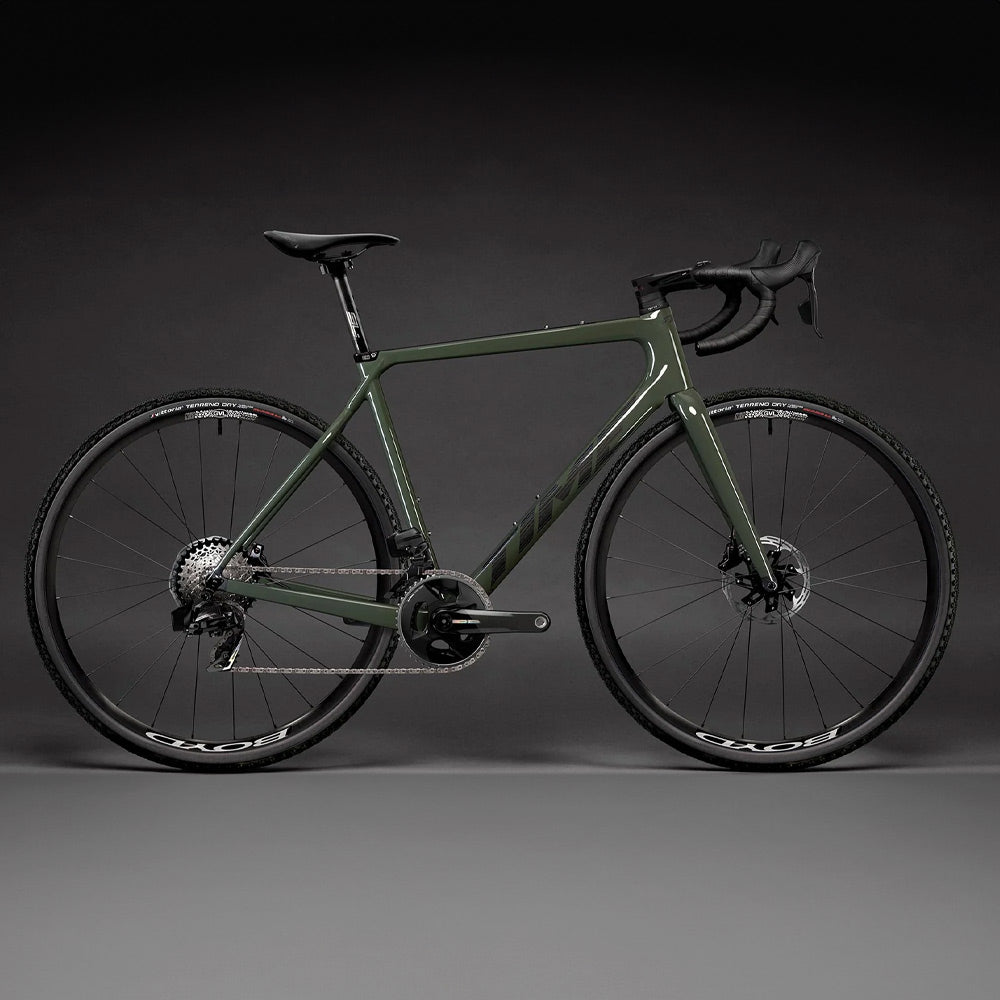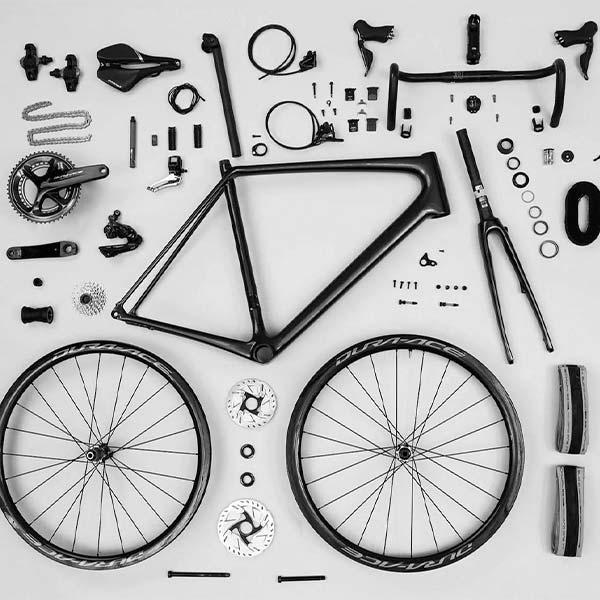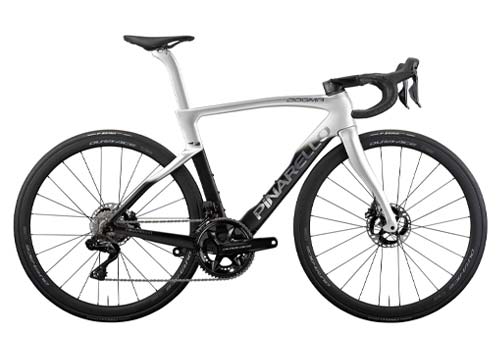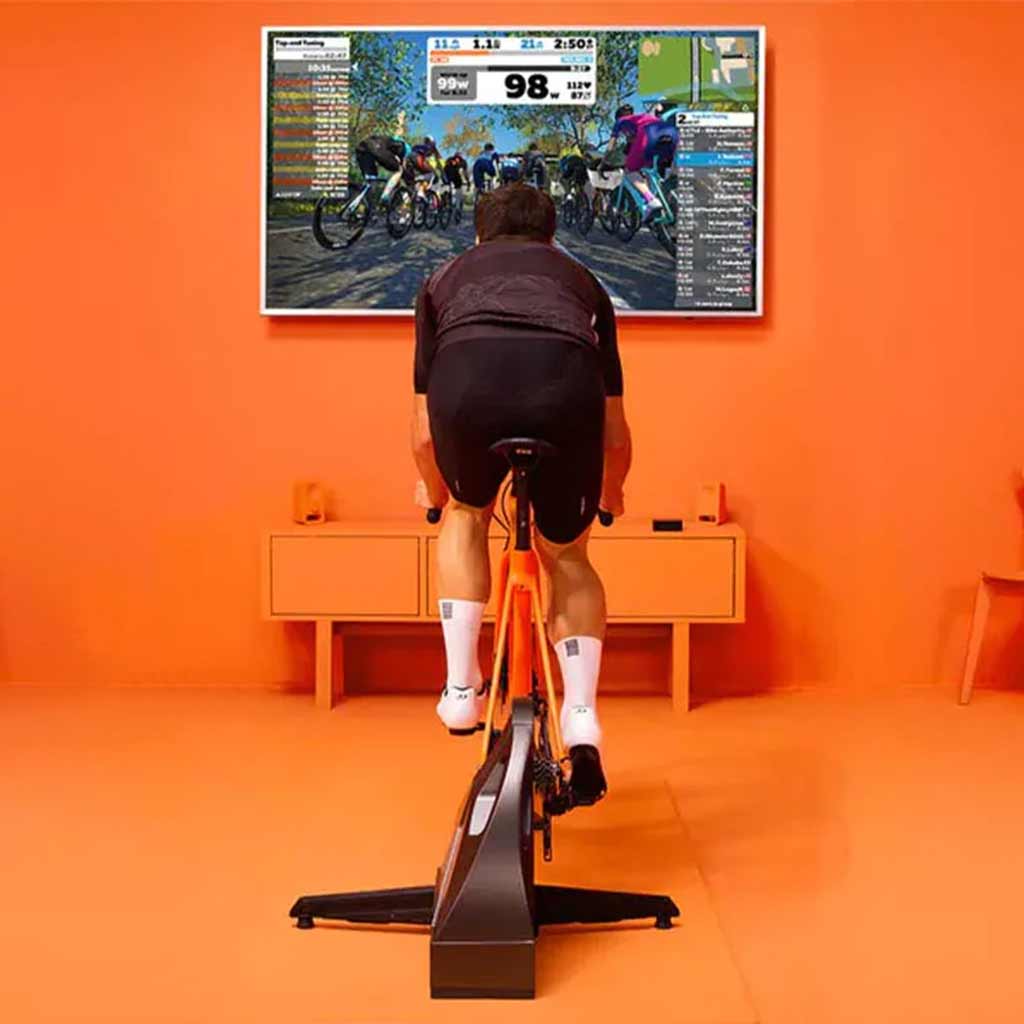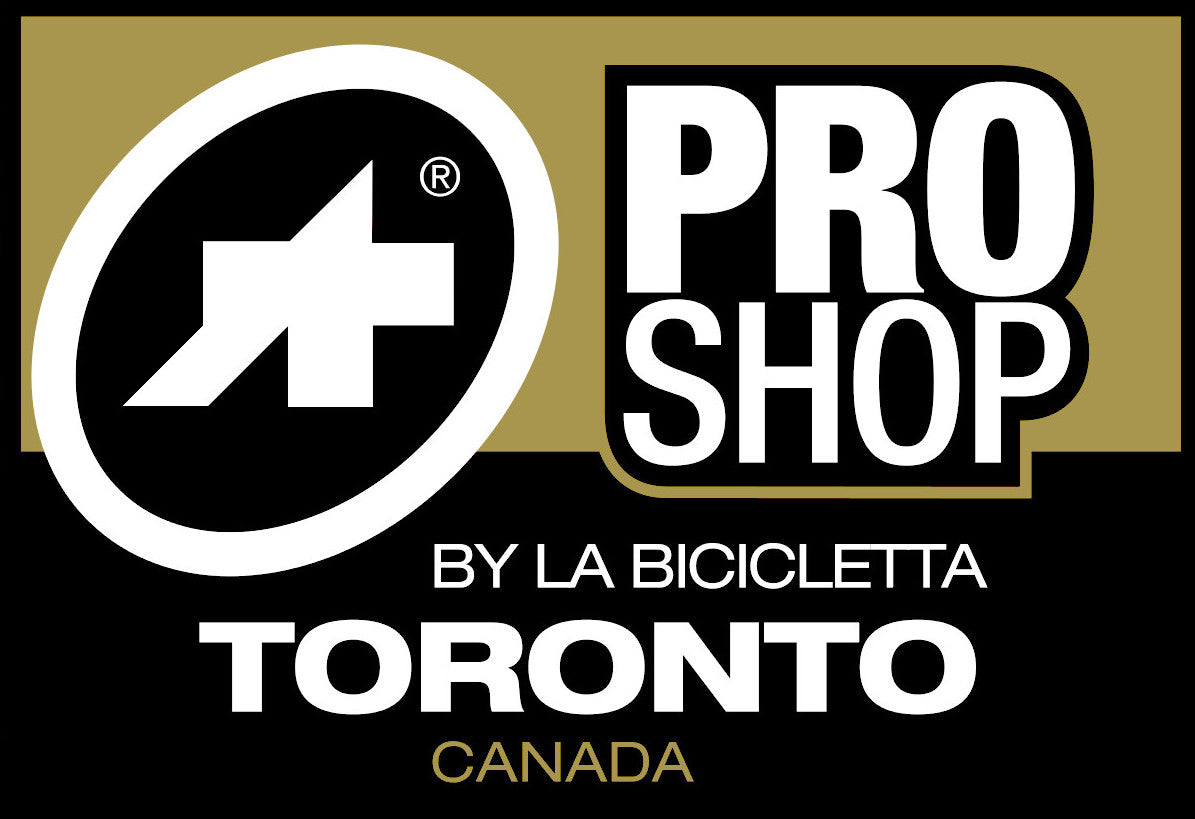General classification in the Giro d'Italia
The Giro d'Italia awards a maglia rosa/pink jersey to the leader of the classification.
The most sought after classification in the Giro d'Italia is the overall general classification. All of the stages are timed to the finish, after finishing, each of the riders' times are compounded with their previous stage times and the rider with the lowest aggregate time is the leader of the race. The general classification leader is determined after the conclusion of each stage. The leader of the race also has the privilege to wear the race leader's maglia rosa/pink jersey on the subsequent stage. If a rider is leading more than one classification that awards a jersey, he will wear the maglia rosa since the general classification is the most important one in the race.
The color pink was chosen as the newspaper/magazine that created the Giro, La Gazzetta dello Sport, printed its newspapers on pink paper. The maglia rosa/pink jersey was added to the race in the 1931 edition and it has since become a symbol of the Giro d'Italia.

Mountains classification in the Giro d'Italia
The Giro d'Italia awards a maglia azzuro/blue jersey to the leader of the classification.
The mountains classification is the second oldest jersey awarding classification in the Giro d'Italia. The mountains classification was added to the Giro d'Italia in 1933 Giro d'Italia and was first won by Alfredo Binda. During mountain stages of the race, points are awarded to the rider who is first to reach the top of each significant climb. Points are also awarded for secondary positions up each climb. The number of points awarded varies according to the hill classification, which is determined by the degree of difficulty, steepness and length of the course.
The climbers' jersey is worn by the rider who, at the start of each stage, has the largest amount of climbing points.

Points classification in the Giro d'Italia
The Giro d'Italia awards a maglia ciclamino/purple jersey to the leader of the classification.
The points classification is the third oldest of the four jersey current awarding classifications in the Giro d'Italia. It was introduced in the 1966 Giro d'Italia and was first won by Gianni Motta. Points are given to the rider who is first to reach the end of, or determined places during, any stage of the Giro. The maglia ciclamino jersey is worn by the rider who at the start of each stage, has the largest amount of points. The rider who, at the end of the Giro, holds the most points, wins the points competition. Each stage win, depending on stage's categorization, awards points for the first fifteen places, a secondary stage awards points to the first ten riders. Main contenders for this jersey are usually sprinters.

Young rider classification in the Giro d'Italia
The Giro d'Italia awards a maglia bianca/white jersey to the leader of the classification.
The Young rider classification is restricted to the riders that are under the age of 25. The leader of the classification is determined the same way as the general classification, with the riders' times being added up after each stage and the eligible rider with lowest aggregate time is dubbed the leader. This classification was added to the Giro d'Italia in the 1976 edition, with Alfio Vandi being the first to win the classification after placing seventh overall. The classification was not contested between the years of 1995 and 2006. The classification was reintroduced in the 2007, and has been in each Giro since.

Defunct classifications/unofficial classifications
In 1946 the maglia nera /black jersey was introduced and awarded the cyclist who was last in the general classification. Riders sometimes deliberately wasted time in order to become last overall and so wear the black jersey. The classification was short lived, as it was last contested in the 1951 Giro d'Italia. The classification was won twice by Luigi Malabrocca, who won the classification in 1946 and 1947. The last winner of the maglia nera was Giovanni Pinarello.


